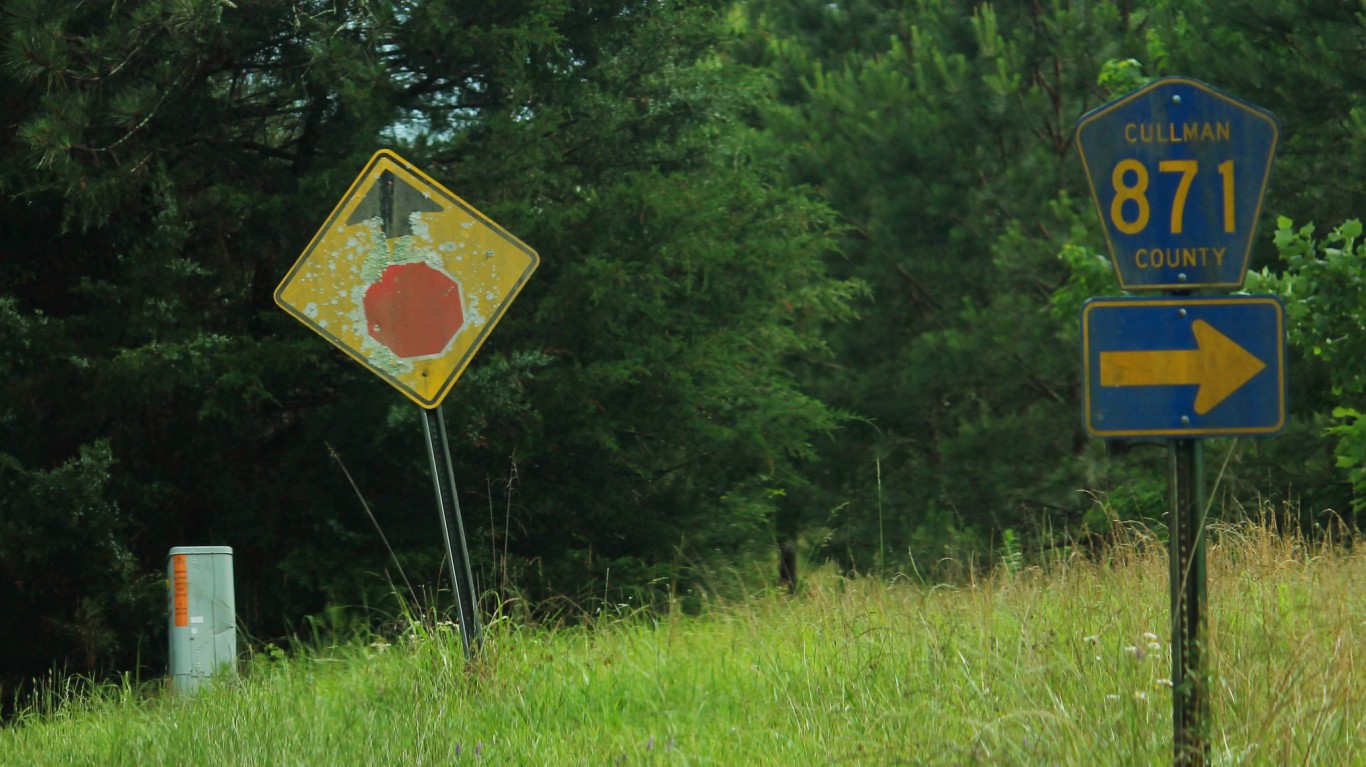
The Yale Program on Climate Change Communications has created a map so that people can look at a number of questions asked of Americans about climate change. The Yale Climate Opinion Maps 2020 covers issues that include whether people believe in global warming, whether global warming worries them, whether global warming will affect future generations and whether the president and Congress should do more to “address” the problem. It covers a total of 62 questions.
Answers are mapped nationally, by state and by congressional district, metro areas and counties. Cities are designated core-based statistical areas (CBSAs) by the Census Bureau and are defined as follows:
Metropolitan statistical areas have at least one urbanized area of 50,000 or more population, plus adjacent territory that has a high degree of social and economic integration with the core as measured by commuting ties.
Micropolitan statistical areas are a new set of statistical areas that have at least one urban cluster of at least 10,000 but less than 50,000 population, plus adjacent territory that has a high degree of social and economic integration with the core as measured by commuting ties.
One question was about places where the most people think that global warming is happening, which also allowed Yale to determine the “estimated percentage of people who do not think global warming is happening” by city. First on this list was Cullman, Alabama, at 26%, the highest figure out of 933 cities. Cullman is a modest-sized city, with a population of 63,739. The percentage of people in Cullman who answered that they “think global warming is happening” was 49.4%.
Cullman is part of Cullman County, which has a population of 83,768, based on a Census Bureau estimate from 2019. Ninety-two percent of the population is white. The median household income is an unusually low $44,918, which is about $20,000 below the comparable national number. The 12.2% poverty rate is relatively high.
Click here to see which are the 50 hottest cities in America.






